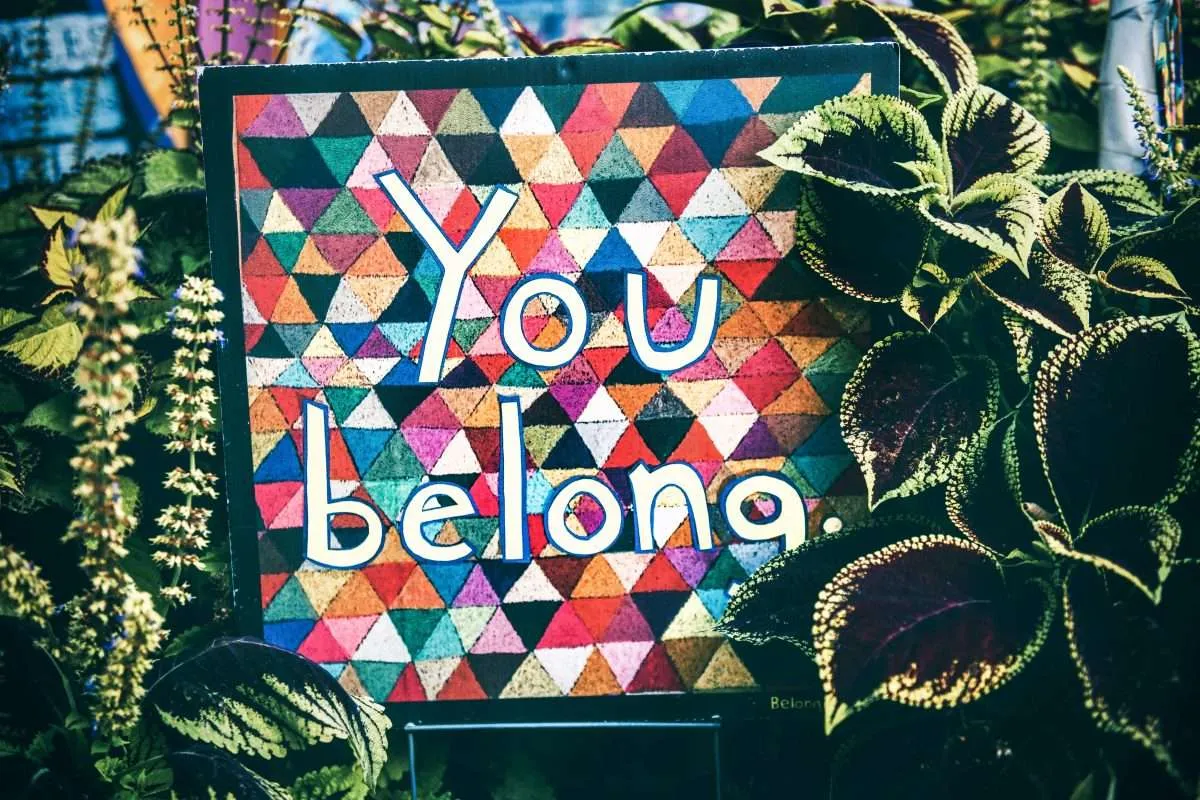There are multiple systems involved in keeping the dysfunctionalities in a particular system. The dysfunctionalities stay as long as we study any problem in isolation and ignore the many other external factors. As the world is discussing the diversity and inclusion of disabilities, we choose to call people differently-abled but forget to include and channel these “differences” for the collective use. Similarly, we fail to acknowledge the diversity within the word ‘disability’ itself as we fail to recognise mental health-related disabilities.
In this article, we will study the factors involved in a system that results in the inclusion and exclusion of disabilities using a systems approach. We will learn about the rigidity of mainstream education and career opportunities and understand their reluctance to include and de-stigmatize being differently abled.
What is a disability?
Based on the UN Convention on the Rights of Persons with Disabilities (CRPD) and Leonardi and colleagues well-cited article, the characterization of people with disability is said to include:
“Those who have long-term physical, mental, intellectual, or sensory impairments which in interaction with various barriers may hinder their full and effective participation in society on an equal basis with others.” (p. 1220)
However, the proposed definition in the convention is an attempt to be more inclusive, saying:
“Disability is a difficulty in functioning at the body, person, or societal levels, in one or more life domains, as experienced by an individual with a health condition in interaction with contextual factors.” (p. 1220)
The Centre for Disease Control and Prevention (CDC) also highlights the impact of disability on “certain activities.” It describes types of disabilities as those affecting a person’s “vision, hearing, movement, communicating, thinking, remembering, learning, mental health, and social relationships.”
What are mental health-related disabilities?
Mental health-related disabilities have no apparent physical manifestation, but they remain a limitation in achieving a certain quality of life. These disabilities affect one’s emotional, psychological, and overall mental health. Mental health-related disabilities include and are not limited to depression, panic disorder, agoraphobia, social phobia, generalised anxiety disorder, alcohol dependence, and drug dependence.
It seems convenient to recognize the physically visible disabilities compared to not-so-physical ones. This way, we are better able to frame our policies and action plans as long as we are able to detect what we are working for. The challenge is how we can accomodate disabilities that are not physical and visible. Visibility is not only a matter of physical manifestations but of recognition and acceptance.
A Systems Approach to Inclusivity
As different external factors or elements make a system, not catering to one or some of them can lead to the malfunctioning of the whole system. The concept of including marginalized groups among others and later integrating them into an entire system depends on an individual’s nature of socialization. Including certain groups and identities depends on the quality and frequency of interaction with them. So, if a system is failing, it means that individuals are unable to fuse with the out-groups effectively—they are marginalized within a system.
Similar can be said for differently-abled people. While we are working on creating inclusive spaces for differently-abled folks, those with mental illnesses and mental health-related disabilities are seen as an out-group within an out-group for lacking visible and physical evidence.
The concept of mental illnesses and disorders as a disability is still very new and emerging; hence, struggling with attaining spaces conducive to their wellbeing. To identify the flaws in the failing social system, we will begin with family, school, community, and workspace as the most prominent external factors affecting one’s life. These factors work as a smaller unit of a more extensive system on their own, constituting society as a system together.
Family as a System
Our social interactions, i.e., interacting with other individuals in different social settings, begin in our homes. Our first and immediate exposure is to people from our own families. Here, it depends on what diversity we include in this group of individuals. If this group includes individual’s with disabilities, we are already making an effort to integrate them and function around them for the sustainability of this system. It’s bound to collapse if part or parts of a family system are marginalized on any basis.
School as a System
Schools are an apparatus for any underaged individual’s or student’s well-being and development-related interventions. This system prepares us for the outside world. At this point, we start seeing demarcation based on marginalising particular abilities and disabilities. There are separate schools and classrooms for special education, while the formal schools of mainstream education act separately.
Meanwhile, the students with mental illnesses and other mental health-related disabilities are treated as problem children. These problems are expected to be dealt with outside the classrooms by school counsellors and other interventions, all to keep the system working and stable. But is excluding outliers in a system an appropriate way to address its discrepancies? With this approach, students in the classroom never learn to co-exist with individuals with disabilities.
Community as a System
This system can offer support from peers and adults in your neighbourhood. Existing as a differently-abled person can be very tricky. People offer sympathy and, at the same time, stereotype as well. Sympathy in a system can be a good sign, but it can create counter-dependency and undermine an individual by not seeing them as a resource. Since children are not familiar with co-existing with kids different from them, the different ones lose play-mates. This again affects their development and rehabilitation. Meanwhile, the other healthy children lose a potential playmate who might be different from them but can help them in their psycho-social development by exposing them to a reality different from theirs.
Workplace as a System
Lastly, the pre-existing marginalization and stereotyping also linger in one’s professional life. Landing a prestigious job depends on the quality of education. Achieving a remarkable qualification is a matter of social class again. In the case of Pakistan, special education schools are not refined and affordable enough for every family.
There is also a matter of prestige associated with these schools. The notion of a child enrolled in a special education school makes people assume they are less capable than the formal school students. For any reason, these children are expected to meet a standard that is not inclusive. Consequently, the representation of differently-abled folks in workplaces is relatively low. Even organizations that hail themselves as equal opportunity employers fail to accommodate and integrate such individuals.
How Workplace Standards Discriminate
The cycle of expecting all candidates to meet a set standard continues during the screening process. For instance, if the standard expectation for a position includes walking 10 miles daily, a candidate with a disability will be prompted to reconsider their interest in the role despite having the right knowledge, skill set, and qualification. Offering to walk 5 miles is not an option either. The problem is the job expectations are put forth by people with no disabilities or understanding of them. The equal opportunity employer may give a chance to the marginalized candidates. However, the work atmosphere is still designed to accommodate the candidates meeting the standard set of abilities and no disabilities.
This gets even worse for candidates having mental health-related disabilities. All do not recognise mental illnesses and disorders as a disability in the first place. So, when a candidate mentions their anxiety, their chances of losing the opportunity increase. Similarly, as an employee, the workplace system again fails to meet and acknowledge their set of abilities. Hence, we are all part of a system that encourages survival of the fittest and wastes a bulk of potential and resources.
How can a systems approach ensure the inclusion of disability and its diversity?
A systems approach sees society as a social system, and we as individuals are the units of these systems. The external factors within the more extensive social system impact our lives. To make this impact positive for the collective good, we need to create some disruption. The aforementioned external factors or minor systems are interconnected and interdependent.
One failing can lead to another’s corruption. Similarly, if one minor system functions positively, there is hope for positive occurrences in the other systems and the society—the larger system, in the long run. The systems are responsible for turning potential resources into liabilities. Keeping these resources under-utilised can create threats for them while living in a society.
Final Thoughts on a Systems Approach for Diversity and Inclusion of Disabilities
We first need to acknowledge the differences to create equitable and inclusive spaces for all disabilities. For this, exposure to people with disabilities should be increased. Both groups should be educated on how to function around each other and coexist effectively. A recommended course of action can be merging special education and formal education schools. This merger does not have to be a complete one. Instead, there can be courses or activities that can reintegrate the marginalized students into the mainstream. Mainstream school education would gain space for differently-abled students this way.
Although similar efforts are already made at the higher education level, it is a late start as still the representation of people with disabilities is low. As universities are the first places where children with disabilities are exposed to the outside world after their special education schools, parents tend to keep them out of these places for fear of untoward harm and lack of infrastructure.
Alternatively, for people with mental health-related disabilities, interventions should also be made within the classrooms to be inclusive apart from outside-the-classroom therapy sessions.* Once the differences in abilities are actively acknowledged, accommodated, and integrated, a smooth progression of these efforts will continue into professional life.
*To read more on making inclusive classrooms, check out my op-ed, The Voiceless Disabilities in our Classrooms, here.








